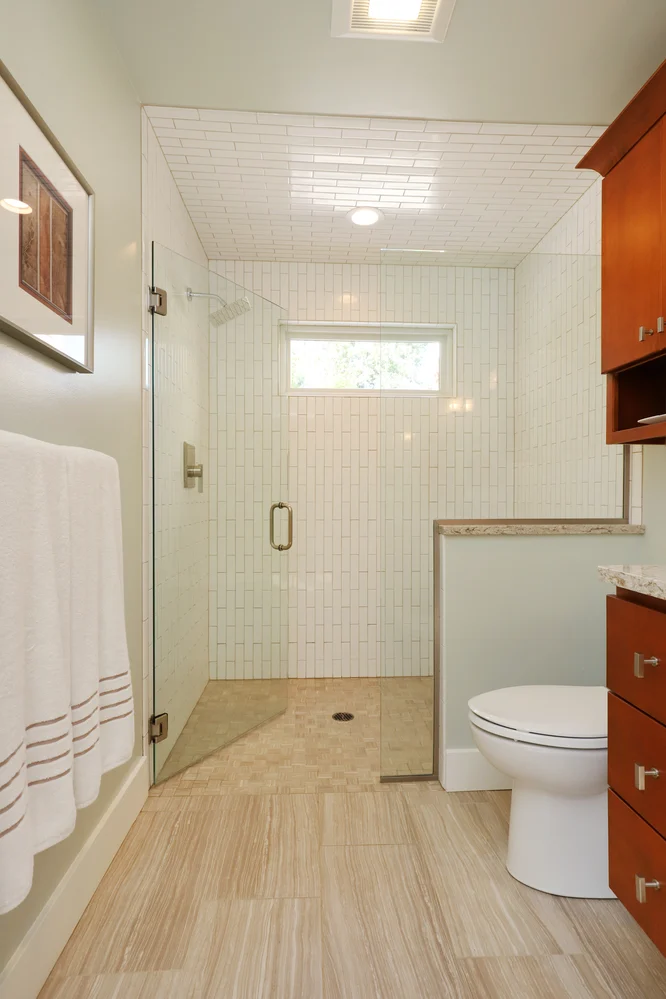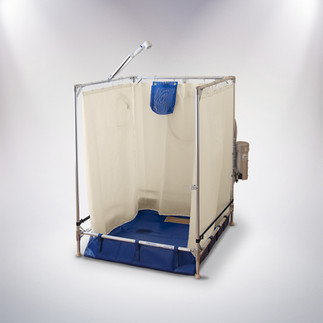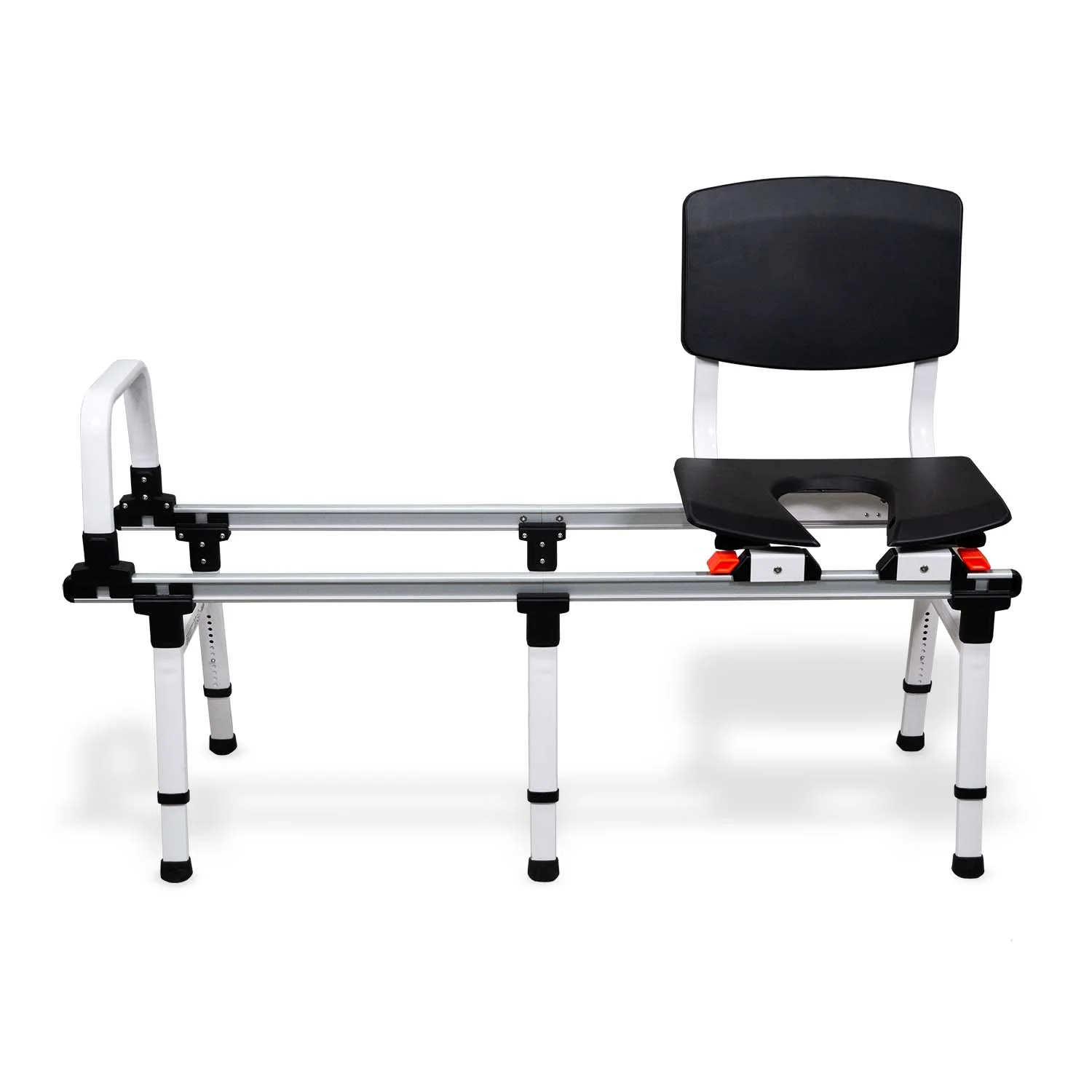Navigating Aging in a 2-Story Home: Non-weight bearing Solutions
- Jose Mujica
- Mar 24, 2024
- 3 min read
Updated: Mar 26, 2024

Getting older isn't easy, a truth universally acknowledged and often articulated by those who experience the physical demands of maintaining a vibrant lifestyle while living in a two-story home. Between working as an accountant, tending to his garden, and playing with his grandchildren, my grandfather was an active man, and yet he frequently reminded us that "ponerse viejo no es fácil."
The Impact of Aging in a 2-Story Home
Life's unforeseen events can make navigating a 2-story home more challenging, especially for individuals facing non-weight bearing situations. Non-weight bearing means you are unable to put any pressure on a part of the body, usually an extremity like the foot or leg. From my professional experience in skilled nursing, the need for adaptations is evident, as mobility restrictions can significantly limit access to essential areas of the home, complicating daily routines.
Adapting a Home to its Residents
There are numerous ways you can update your home and routine to help you cope with your new physical limitations. These changes involve environmental modifications, temporary solutions, or physical adaptations.
Environmental modifications refer to permanent alterations made to the structure of a home to improve accessibility and safety, such as installing stair lifts or remodeling bathrooms for easier access. These changes are designed to accommodate long-term needs and enhance mobility within the home.
Temporary solutions are quick, often less costly fixes implemented to address immediate mobility or safety concerns, like rearranging living spaces to avoid stairs or using portable showers. These solutions can be rapidly deployed while more permanent modifications are planned or as standalone aids.
Physical adaptations involve changes in the way individuals perform daily activities or use assistive devices to create new methods to safely navigate their environment.
Environmental Modifications for Long-term Accessibility
Installing stair lifts or home elevators is a great long term solution. These adaptations foster independence, enabling residents to navigate their 2- story home without external help. The cost can be a potential deterrent as it can cost upwards of $4,000 for purchase and installation.
Installing a no threshold shower. A no threshold shower is level with the floor of the bathroom reducing the fall risk. It can make the challenges of being non-weight bearing a breeze. This is a great solution and is recommended to anyone who plans on retiring at home. Having a no threshold shower allows users to walk, hop or roll into their showers.
Installing grab bars is a must-do when dealing with limited mobility. Grab bar placement should be strategic and should meet the needs of the individuals. Be cautious: while ADA guidelines can be a good starting point, they do not guarantee to meet every individual's specific needs
Ensuring non-slip surfaces in the bathroom is equally crucial in minimizing the risk of slip-and-fall accidents.
Temporary Solutions for Immediate Needs
When immediate or short-term adaptations are necessary, several effective strategies can be employed:
Moving to the first floor can be a great option for those who have access to a bedroom and full bath downstairs as it significantly reduces the need to navigate the stairs.
Temporarily moving in with a family member or friend who lives in a single story home can also greatly reduce the burden of navigating stairs until you can bear weight again. Understand that this can cause undue stress on relationships. You may also be required to purchase equipment if the alternative accommodation has a bathroom that is not suitable such as a bathtub or a threshold that must be stepped over for showers.
A portable shower is a popular option for those unable to reach an upstairs bathroom. This portable shower allows you to connect the water line to a kitchen sink or half bath essentially converting any space into a no-threshold shower.
A transfer bench, or a sliding transfer bench, can help navigate bathtubs. Tubs can be tricky, but a well placed bench or even shower chair can help mitigate the risk.
Physical Adaptations to Daily Routines
Adapting physical approaches to everyday tasks can further ensure independence and safety:
Techniques such as the sit and scoot method seen here, taught by physical or occupational therapists, offer safe ways to navigate stairs for those non-weight bearing.
Consulting with professionals to tailor physical adaptations maximizes safety and autonomy in a 2-story home.
Getting up and down stairs on one leg can be tricky, but not impossible. Make sure your handrail is sturdy before using it to navigate the stairs.
Conclusion: Embracing Adaptability for a Fulfilling Home Life
Facing the challenges of aging in a 2-story home, especially under non-weight bearing conditions, requires proactive adaptations across environmental, temporary, and physical domains. By embracing these strategies, individuals can maintain their independence and continue to live richly and comfortably in their own homes.
For further insights and assistance, visit Home Help Plus to explore comprehensive solutions for aging gracefully in a 2-story home.















Comments